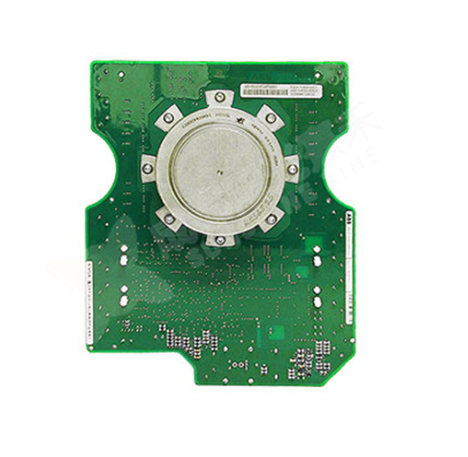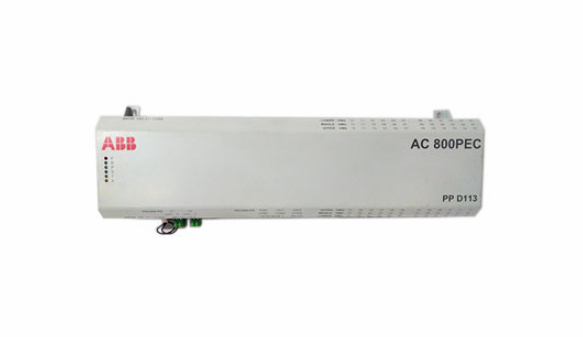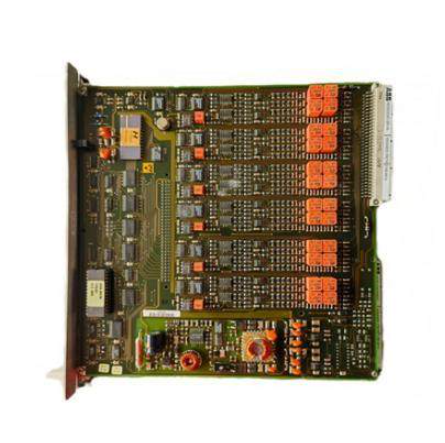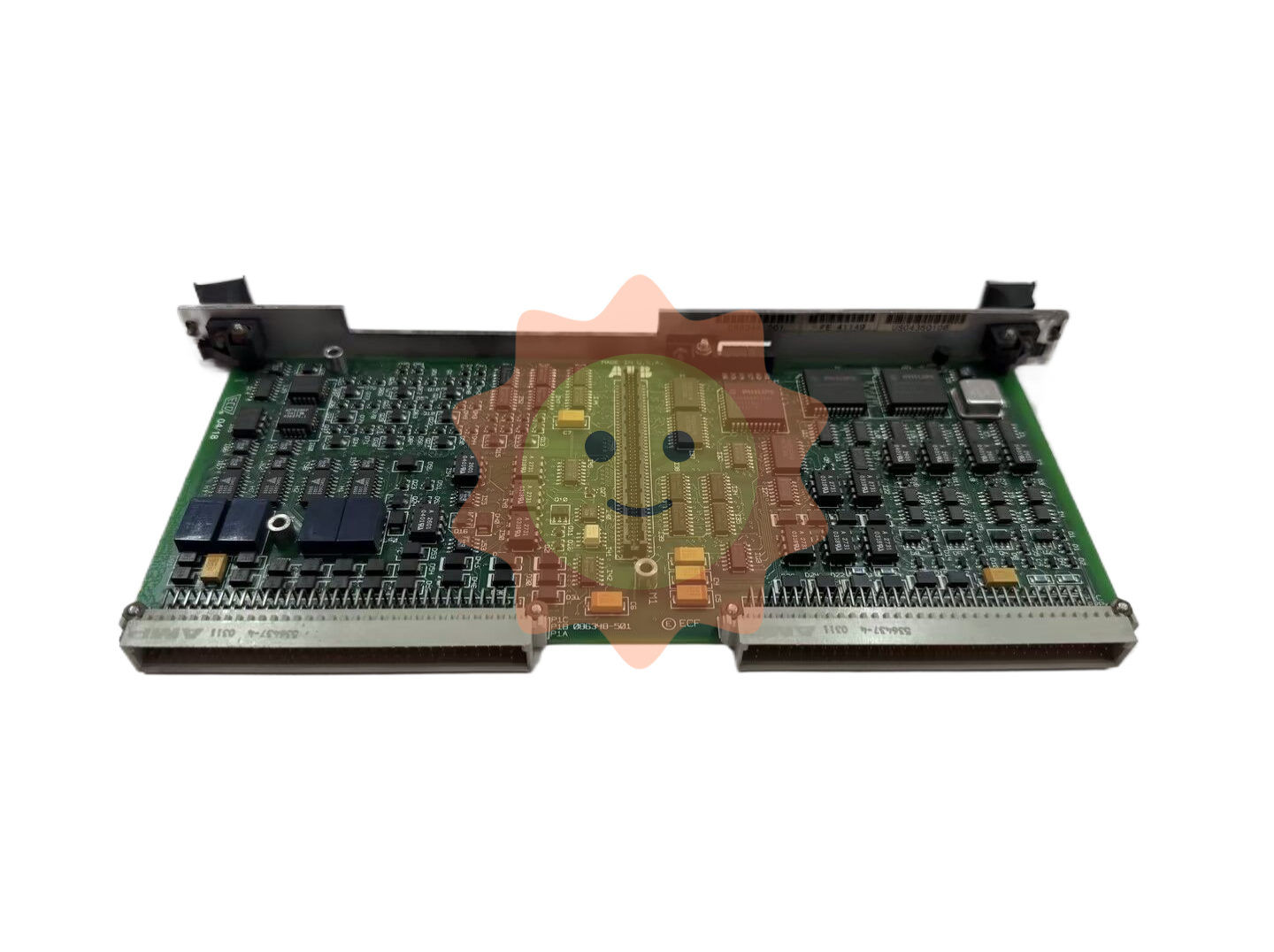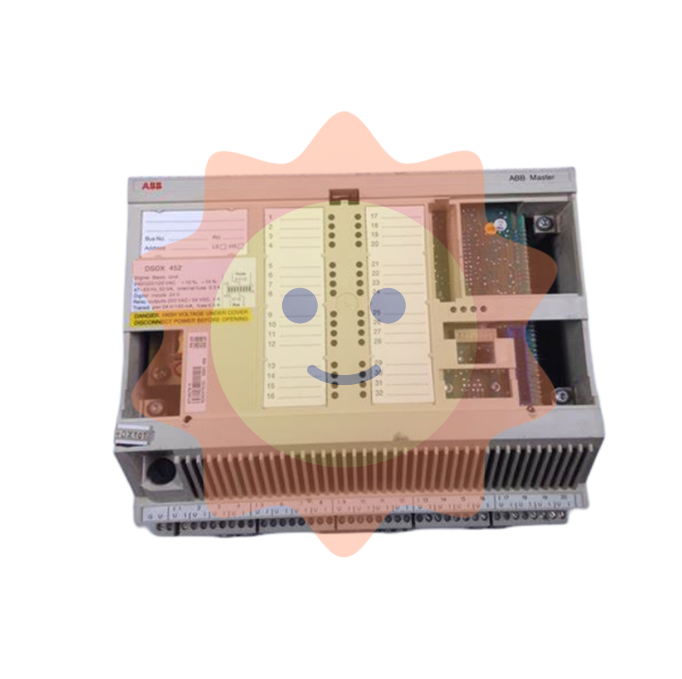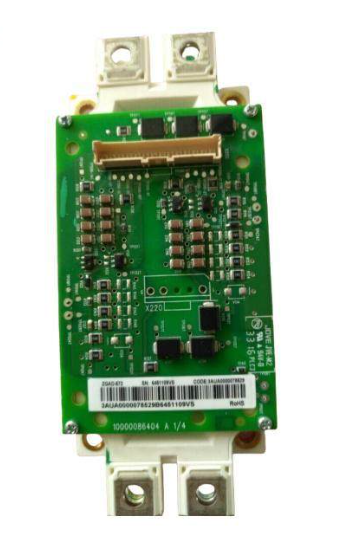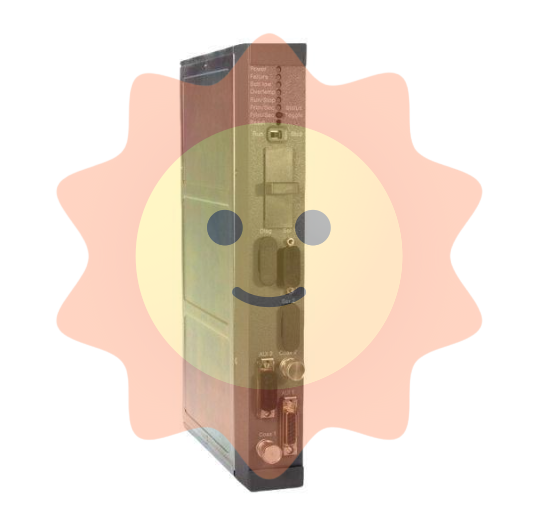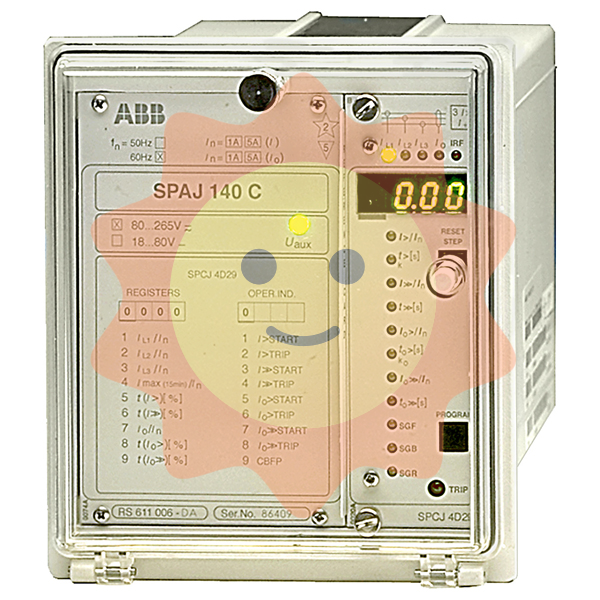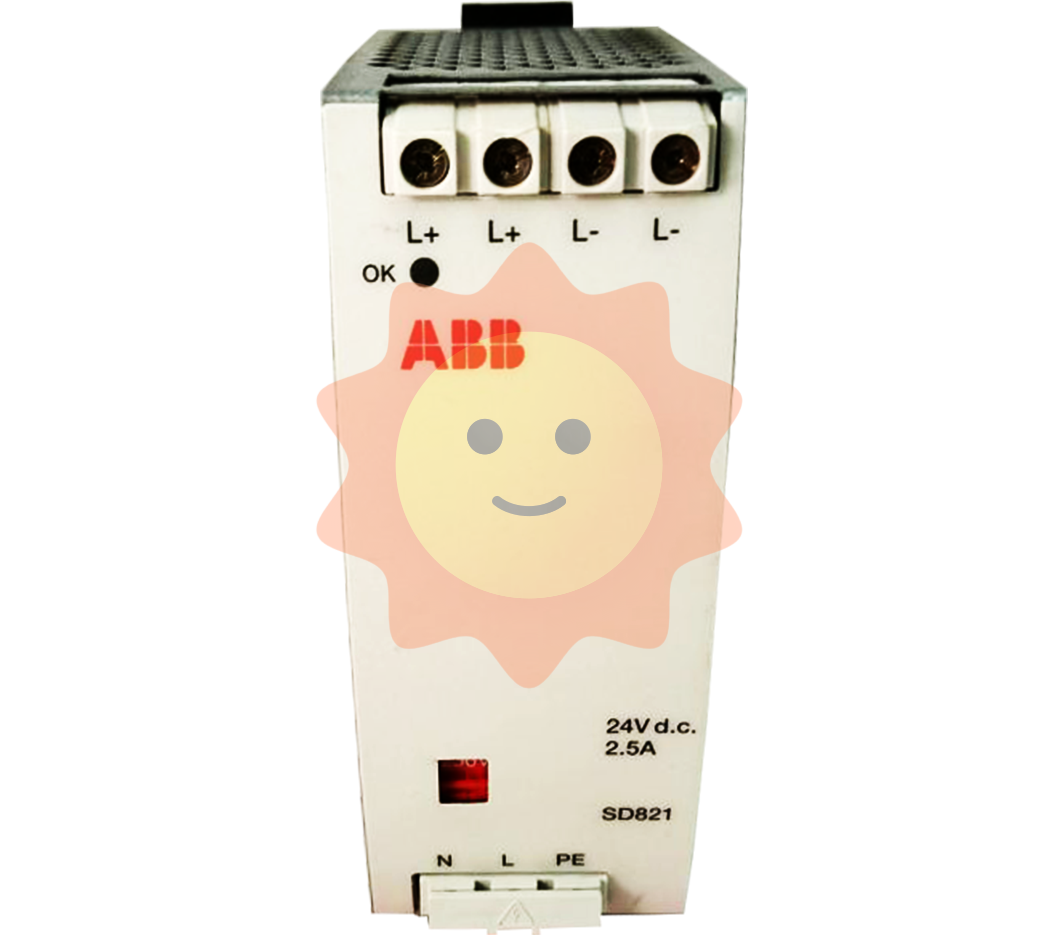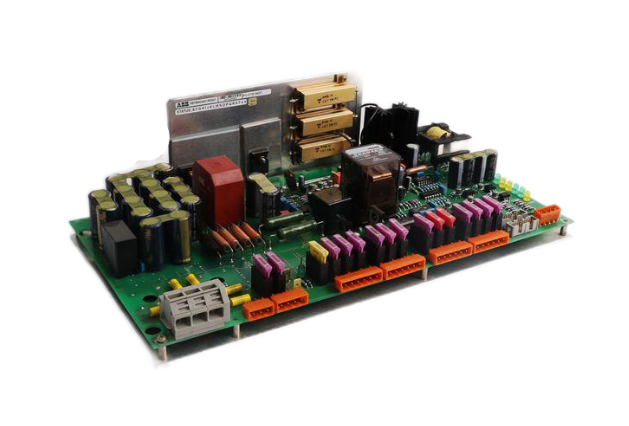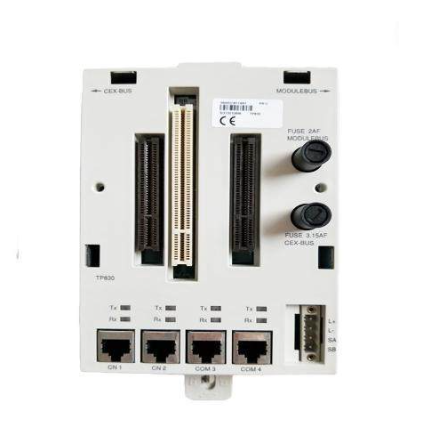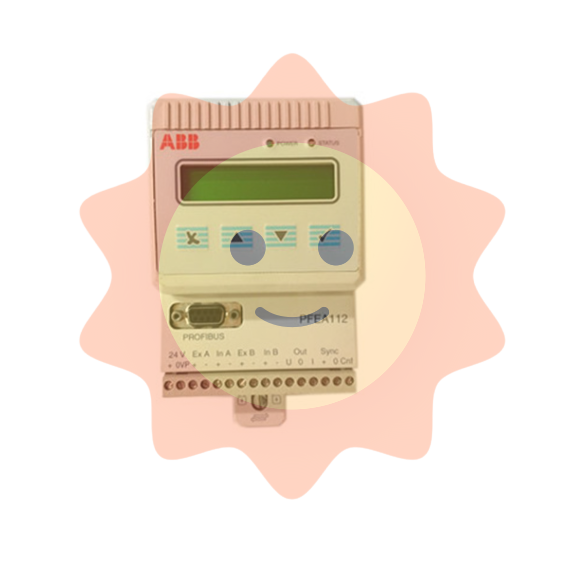The ship cycle starts, and the structural upgrade is good for the domestic head ship enterprises
First, the renewal of old ships combined with environmental protection needs has spawned a new round of ship cycles
1.1 The aging of ships drives a new round of demand for capacity renewal
The age of the ship continues to rise, bringing the replacement demand of the old ship. Since the last round of ship delivery peak, the average ship age of global ships has gradually risen since 2011. According to Clarksons data, as of August 2023, the average ship age of container is the highest, 14.23 years, followed by Tanker. The average age of a ship is 12.46 years, and the average age of a Bulkcarrier is 11.75 years, which is the lowest among the three ship types. From the perspective of fleet age structure, the proportion of global fleet aged 0-5 years has gradually decreased since 2013. Since the beginning of 2018, the proportion of ships over 16 years old has gradually increased. As of March 23, the shipping capacity of 16-20 years old accounted for 15.16%, and the shipping capacity of more than 20 years old accounted for 12.33%. It is expected that the number of ships to be dismantled will increase in the future, and the demand for new shipping capacity will gradually increase.
According to the statistics of the service life of shipbreaking in the past 3 years, the average service life of ships is about 32 years. According to SSI, the average service life of a ship can reach 30-50 years, but without continuous and adequate maintenance, repair and modification, the ship's life is difficult to reach this level. In addition, excessive age of the ship will also bring a series of navigation safety hazards and the increase of insurance costs. Therefore, the actual service life of the average ship is 25-30 years. According to the service life of ships dismantled in recent years, the average service life of ships is about 32 years. In addition, the service life of the same ship type will fluctuate dynamically under different historical freight levels. When the freight rate is at a historical high, the ship owners tend to delay the decommissioning of the ship. Looking at the service life of ships dismantled in the last three years, the average life of LNG is as high as 37 years, while the average life of Capesize Bulker is lower, at 24 years.

In history, the ship cycle generally has a large time span, with an upward period of about 23-28 years and a downward period of about 10 years. Since the 20th century, the world ship market has experienced four distinct cycles: During World War I and World War II, the war's demand for ship renewal iteration was the direct cause of the first two cycles of shipbuilding; After World War II, the global economy recovered, while the ships built during World War II gradually aged, and 1967 coincided with the closure of the Suez Canal. Multiple factors promoted the global shipbuilding industry in 1970-1975 ushered in the third upward cycle, but under the influence of the first oil crisis turned from prosperity to recession. At the end of the 20th century, the rise of the four Asian Tigers, China's accelerated opening up process, and the updated and iterative demand for ships built in the 1970s led the global ship market to enter a new round of prosperity cycle, but this extremely prosperous period came to an abrupt end under the impact of the 2008 financial crisis. Due to the delayed nature of completed deliveries, 2011 was the highest year in history for ship completions, with global completions reaching 167 million deadweight tons (dwt), which represents the load capacity that ships can use in operation, and since then completions have declined significantly. Based on the statistics of the ship cycle and the average dismantling life of ships, we find that the average life of ships is close to the time of an upcycle, and the replacement of ships is likely to be one of the underlying factors driving the shipbuilding cycle.
Although the total volume of global seaborne trade fluctuates annually, it basically expands at a compound growth rate of 3%. World Seaborne Trade reflects the world's major economic and trade transactions, in which the larger volume of trade is mostly for the stable demand of commodities. Take 2022 as an example: oil and gas (crude oil, refined oil, LNG, LPG) trade volume accounted for 30%, dry bulk cargo (mainly iron ore, coal, grain) trade volume accounted for 44%, container trade volume accounted for 15%. Thus, while the volume of global seaborne trade fluctuates in response to the economic cycle, the amplitude is small. Considering that tonne miles can better reflect the demand for shipping capacity, taking the data from 2000 to 2022, it can be found that the total volume of seaborne trade has maintained steady growth in the past 22 years, maintaining a compound growth rate of about 3%.
From the point of view of the annual delivery of new ships, the last round of shipbuilding cycle started in 1989, it has been 34 years, more than 28 years of average ship service life, looking forward to the number of over-age ships facing dismantling will increase rapidly year by year. According to a report by the Baltic Sea International Chamber of Shipping (Bimco), "Over the next ten years from 2023 to 2032, it is expected that more than 15,000 vessels with a deadweight tonnage of more than 600 million tons will be recovered." According to Bimco analyst Niels Rasmussen, this is more than double the amount recycled in the previous decade. At the same time, from the perspective of idle ships, the idle number of bulk carriers and oil tankers delivered in the last round of shipbuilding cycle reached a high point in 2016 and 2015, respectively.
In the past decade, major ship types have gone through 1-2 rounds of large-scale capacity dismantling and large-scale bankruptcy reorganization of shipowners, and the fleet growth rate has been declining for seven consecutive years, and has begun to stabilize in 2019. After the global economic slowdown in 2018 and the Sino-US trade friction caused its growth rate to decline, the global shipping total demand has experienced the impact of the global epidemic, and the growth rate has fluctuated greatly in the past five years, but the overall growth rate still maintained a compound growth rate of about 2%. Clarksons predicts that the growth rate of global seaborne trade will pick up in 23 and 24 years and exceed the growth rate of supply. In addition, the Clarksea Index has experienced a stage of rapid growth since 2021, rising to $43,604 / day in May, 22, the best level of revenue since 2009. Affected by the adjustment of the container ship and dry bulk carrier market, although the index has fallen from the second half of 22 years, it has clearly come out of the bottom area, or indicates that the shipping market has come out of the quagmire of excess capacity.

A new round of shipbuilding cycle is starting. With the growth rate of fleet capacity falling below the growth rate of global seaborne trade volume, the excess capacity of the shipbuilding industry in the last cycle has basically disappeared, and the overall supply and demand tend to balance. At the same time, the last round of ship boom upward period from 1987 to 2007, the upward starting point has been more than 35 years ago, the aging problem of ships will increase year by year, if the growth rate of new shipbuilding can not keep up with the replacement demand, the pressure on the supply side will gradually appear. Since the peak of the shipbuilding boom in 2010-11, the growth rate of new ship deliveries has declined significantly, and the overall growth rate of global fleet capacity has slowed down - from nearly 10% in 2010, and remained at a low rate of 3% in 2014-22. Looking forward to the future, Clarksons data shows that the proportion of order capacity in hand in 2022 and 23 will continue to expand, reaching 10.75% in 23, so it is expected that the global fleet capacity will not increase with the increase in demand in this cycle. However, zombie capacity, labor conflict in the shipbuilding industry, docking investment and construction costs, new energy ship construction difficulties and other factors may have an impact on fleet capacity growth.
1.2 Environmental requirements for ships further strengthen the demand for new shipbuilding
The green transformation of shipping is the trend of The Times, and the new IMO international shipping regulations have officially come into effect in 23 years, and the shipping industry will meet stricter indicators. According to the report released by the International Energy Agency, the global CO2 emissions in 2021 are about 36.3 billion tons, of which the CO2 emissions of the shipping industry are about 833 million tons, accounting for about 2.3% of the total global emissions, if no active control measures are taken, this figure will soar to 18% in 2050. In order to accelerate the curb of shipping and shipbuilding industry carbon emissions, slow down global warming, the International Maritime Organization (IMO) has specially developed a series of carbon reduction related strategic guidance and indicators: The Ship Energy Efficiency Design Index (EEDI) is calculated for new ships delivered after 2013, the Existing Ship Energy Efficiency Index (EEXI) is controlled for ships delivered before 2013, and the Carbon Emission Intensity Index (CII) is assessed against the ship. EEXI and CII came into force in 23 years.
International shipping greenhouse gas emission reduction policies have been further tightened, and a number of important time nodes have been advanced. The 80th session of the IMO Maritime Environment Protection Committee (MEPC 80) has adopted the latest Greenhouse gas (GHG) reduction strategy for ships, which strengthens the GHG emission targets for shipping and brings forward several key milestones.
At the regional level, regional organizations or countries such as the European Union have also formulated policies to promote carbon reduction in their shipping industry. On 14 July 2021, the EU formally unveiled a package of proposals (" Fit for 55 ") aimed at achieving the EU's 2030 target of a 55% reduction in net carbon emissions from 1990 levels. Three of the proposals, including the inclusion of the shipping industry in the EU Carbon cap-and-trade System (EU ETS), the development of the EU Maritime Fuels Regulation and the revision of the Energy Taxation Directive, Will have a significant impact on the shipping industry and its decarbonisation process. With the entry into force of the law, shipping emissions will be included in the EU ETS for the first time, and most large ships will join the EU Emissions Trading System (ETS) from 1 January 2024. As the ETS is phased in, covering 40% of total emissions in 2024, 70% in 2025 and 100% in 2026, combined with the EUA forward curve, The shipping industry is expected to incur costs of up to €3.1 billion in 2024, €5.7 billion in 2025 and €8.4 billion in 2026, respectively.

Limited by the use of ship scenarios, slow sailing and green power are the main solutions for the shipbuilding industry to reduce carbon emissions. "For older ships, it is no longer necessary to carry out large-scale transformation, and carbon can be directly reduced by operational means such as speed reduction in the short term; For ships with modification value, installation of sail power, bubble drag reduction and other devices can reduce resistance, increase power, and achieve energy saving; For newly built ships, we can start to consider green power from the design level." China Shipbuilding Industry Association statistical information work department deputy director Cao Bo said. Slow sailing can effectively reduce the carbon emissions of a single ship, but at the same time reduce the level of capacity. According to a new study published jointly by environmental group Seas At Risk and the European Federation Transport & Environment, a 20% reduction in speed could result in a 24% reduction in sulphur and nitrogen oxide emissions and a significant reduction in black carbon emissions. In the existing studies, it is generally proved that the relationship between fuel consumption and speed is nonlinear, and the daily fuel consumption of a ship is approximately proportional to the cubic speed, while the carbon emissions are directly proportional to the consumption of ship fuel, so the carbon emissions are directly proportional to the cubic speed. However, if we only rely on speed reduction to meet the emission reduction target, on the one hand, the decline in transportation efficiency will put the enterprise at a disadvantage in competition. On the other hand, under the premise of meeting the weekly service frequency, the lower the sailing speed, the longer the cycle time will increase, and additional ships will be needed to deploy to the route. In 2008, the total carbon emission of the global fleet was about 1 billion tons. The IMO carbon reduction plan will be implemented from 2023, assuming that carbon emission is proportional to the third power of the speed of the ship. If carbon emissions of the global shipping industry are reduced by 50% compared with 2008 by 2050, The number of ships, types, traffic volume, sailing mileage, carbon emission technology, etc. do not change every year, and only rely on reducing speed to reduce carbon emissions, then by 2050 the speed needs to be reduced by 16% compared with 2023, in the market for the rigid demand for transport capacity conditions, 2023-50 capacity demand is expected to increase by 16%.
As ship slowdown is likely to lose economic benefits, and CII requirements will become more stringent, in the medium and long term, dismantling and replacing with new energy vessels may be the main path to meet IMO decarbonization regulations. From the economic perspective, the ship's arrival time will be delayed, the delivery time of the goods will be extended, and the related inventory costs, opportunity costs and market costs will be transferred to the shipper. On the other hand, the shipper may choose other shipping companies. Therefore, the ship's speed reduction may reduce the market competitiveness of the shipping company, and there is the risk of losing the supply of goods. Therefore, we believe that slowing down may lead to a loss of economic benefits. In addition, IMO's CII differs from EEXI/EEDI's phasing requirements, and their ratings can be downgraded and tightened over time. According to the current IMO CII emission reduction factor Guide, based on the carbon emission intensity of industry ships in 2019, the reduction factor of ship CII is required to be 5% in 2023 (5% lower than the 2019 level), and then the reduction factor will be increased every year to 11% in 2026. In the future, with the advancement of technology, the requirements may be more stringent, and it may be difficult to meet the long-term assessment at CII by reducing speed alone. As of July 2023, the proportion of new energy ship types in new ship orders has increased to 49.20%. According to Clarksons, the share of new energy vessels in global new ship orders, measured in GT (Gross tonnage), continued to increase from 14.2% in 2018 to 49.20% in July 2023. In the process of the shipping industry's transition from fossil energy to carbon neutral energy, the industry mainly focuses on low-carbon fuels: liquefied natural gas (LNG), liquefied petroleum gas (LPG), alcohol fuels (methanol, ethanol, etc.); Decarbonized fuel: Clean energy represented by ammonia, hydrogen, etc., to carry out Marine research and practice to different degrees. At present, LNG has become a major transition fuel with its technological maturity, availability, low cost and other advantages, and in terms of number, LNG vessels account for more than 60% of new energy vessels.
Ammonia fuel has obvious advantages over hydrogen fuel in energy density and storage, and is considered to be the most potential fuel for the shipping industry to move toward the "ultimate ideal" to achieve the goal of decarbonization.
- EMERSON
- Honeywell
- CTI
- Rolls-Royce
- General Electric
- Woodward
- Yaskawa
- xYCOM
- Motorola
- Siemens
- Rockwell
- ABB
- B&R
- HIMA
- Construction site
- electricity
- Automobile market
- PLC
- DCS
- Motor drivers
- VSD
- Implications
- cement
- CO2
- CEM
- methane
- Artificial intelligence
- Titanic
- Solar energy
- Hydrogen fuel cell
- Hydrogen and fuel cells
- Hydrogen and oxygen fuel cells
- tyre
- Chemical fiber
- dynamo
- corpuscle
- Pulp and paper
- printing
- fossil
- FANUC
- Food and beverage
- Life science
- Sewage treatment
- Personal care
- electricity
- boats
- infrastructure
- Automobile industry
- metallurgy
- Nuclear power generation
- Geothermal power generation
- Water and wastewater
- Infrastructure construction
- Mine hazard
- steel
- papermaking
- Natural gas industry
- Infrastructure construction
- Power and energy
- Rubber and plastic
- Renewable energy
- pharmacy
- mining
- Plastic industry
- Schneider
- Kongsberg
- NI
- Wind energy
- International petroleum
- International new energy network
- gas
- WATLOW
- ProSoft
- SEW
- wind
- ADVANCED
- Reliance
- YOKOGAWA
- TRICONEX
- FOXBORO
- METSO
- MAN
- Advantest
- ADVANCED
- ALSTOM
- Control Wave
- AB
- AMAT
- STUDER
- KONGSBERG
- MOTOROLA
- DANAHER MOTION
- Bently
- Galil
- EATON
- MOLEX
- Triconex
- DEIF
- B&W
- ZYGO
- Aerotech
- DANFOSS
- KOLLMORGEN
- Beijer
- Endress+Hauser
- MOOG
- KB
- Moxa
- Rexroth


Email:wang@kongjiangauto.com























































































